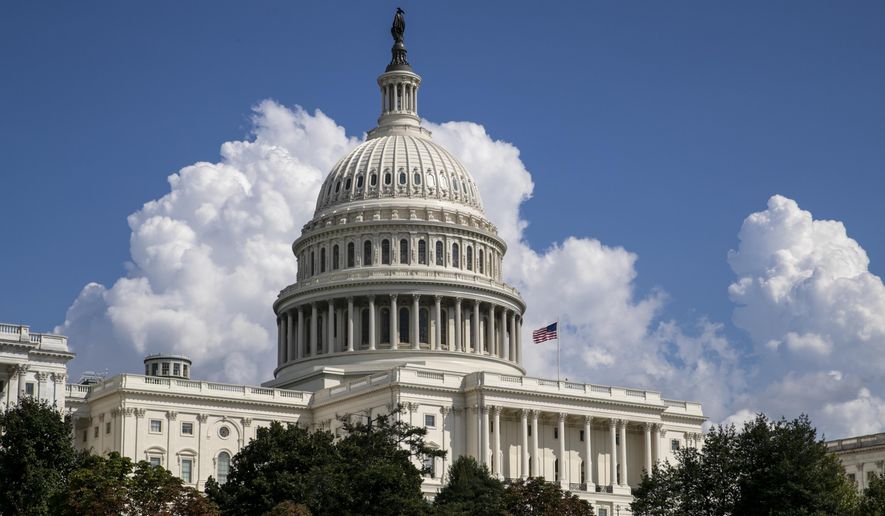Uncle Sam’s budget picture just got worse.
The Congressional Budget Office on Friday said the federal deficit will reach $1.5 trillion this year — and that’s before factoring in a pretty bad month of April, which saw tax revenue come in significantly below projections.
Unless revenue picks up, the deficit could deteriorate even more, the CBO said in its latest set of budget projections.
Yet if the Supreme Court strikes down President Biden’s student loan forgiveness program, it would count as major savings, likely cutting hundreds of billions of dollars off the deficit.
“The estimate of the 2023 deficit is subject to considerable uncertainty,” the CBO said.
Another area of uncertainty is the government’s borrowing limit, or debt ceiling. The Treasury is bumping up against the $31.4 trillion limit and is using special gimmicks to avoid breaching the line.
But Treasury’s maneuvering space will run out soon. If the borrowing limit isn’t raised, it would leave the government unable to pay at least some of its bills, which some borrowers consider a default.
As Congress and Mr. Biden battle over how to raise the limit, the Treasury Department has said it could run out of maneuvering room at the start of June. But the CBO said a lot of caveats are involved in that projection, too.
Indeed, the CBO said if Treasury can limp along to the middle of June, it could buy itself more than a month of maneuvering space because of tax payments due on June 15 and other borrowing gimmicks.
Still, the CBO said there is a “significant risk” that the maneuvering space will run out in early June and the government won’t enjoy a reprieve.
Without any more changes, the government’s debt this year will reach 98% of gross domestic product. That is projected to increase steadily, reaching 119% of GDP a decade from now. At that point, the government will have to shell out nearly $1.5 trillion a year just to make interest payments on the debt.
CBO said the Treasury Department will collect $4.8 trillion in revenue this year but will spend $6.3 trillion. That’s less revenue and more spending than last year.
That works out to 24.2% of GDP in spending, and 18.4% of GDP in revenue.
By contrast, the average revenue the past 50 years was 17.4% of GDP and spending averaged 21% of GDP.
That means the government is already taxing at a slightly higher rate than usual, but spending at a significantly higher rate than usual.
Social Security and Medicare are big drivers of the grim budget picture.
The government spent $1.2 trillion on Social Security payments last year, expects to spend $1.4 trillion this year and will see that rise to $1.5 trillion next year. Medicare will go from $709 billion in 2022 to $819 billion this year and $872 billion next year. By 2033, it will be nearly $1.6 trillion.
Even discretionary spending, the money Congress tinkers with every year, is soaring.
Defense spending is rising from $747 billion last year to $792 billion this year and will hit $852 billion in 2024. Nondefense discretionary spending rose only slightly from last year to this year, reaching $919 billion. But it’s poised for a major leap in 2024, to $998 billion.
• Stephen Dinan can be reached at sdinan@washingtontimes.com.




Please read our comment policy before commenting.